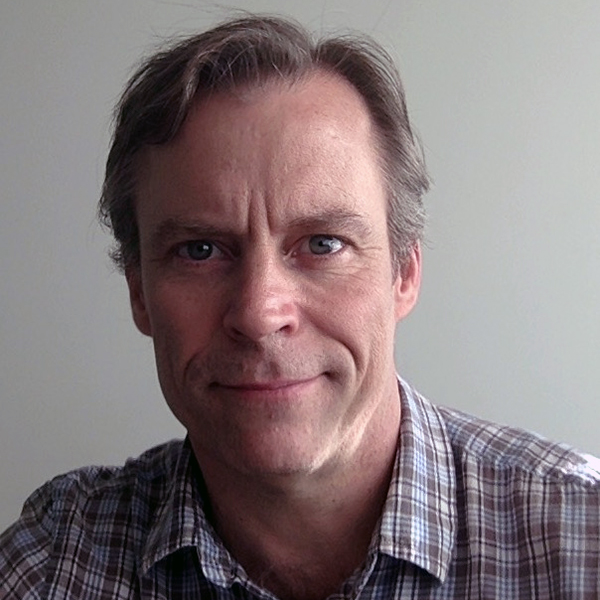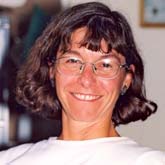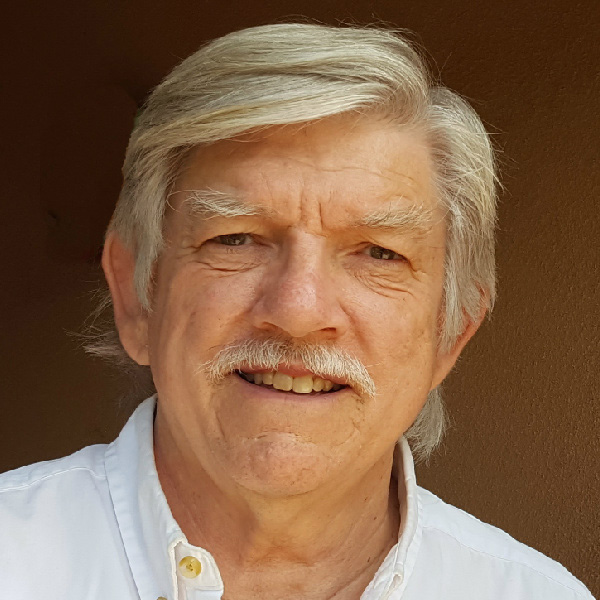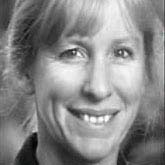Website
http://shesc.asu.edu/node/291Summary
Each generation transforms an inherited social and environmental world and leaves it as a legacy to succeeding generations. Long-term interactions among social and ecological processes give rise to complex dynamics on multiple temporal and spatial scales -- cycles of change followed by relative stasis and then a new cycle of change. Within the cycles are understandable patterns and irreducible uncertainties. Neither stability nor transformation can be taken as the norm. Although these cycles can be identified, it remains uncertain what fosters stability or contributes to transformation over long cycles. What vulnerabilities can be tolerated, and which tip a system into transformation and at what scale? Resilience theorists have built an understanding of social and ecological vulnerabilities, stability, and transformation based on studies of contemporary socioecological systems. This interdisciplinary research project will examine some of these understandings by applying archaeological and ecological analyses and formal dynamical modeling. The project will be undertaken by a collaboration of archaeologists, mathematical modelers, ecologists, and environmental scientists. Archaeology is attuned to cycles of change over the lifespan of a society -- heightened inter-societal interaction, economic intensification, and large-scale anthropogenic environmental change . It therefore extends scientific observation of stability and transformation beyond all social memory. Archaeologically documented case studies in the American Southwest and Northern Mexico provide the information for investigating long-term human-environmental interactions. The project will (1) compile documentation on up to four archaeological cases, (2) examine their pan-regional connections, and (3) employ mathematical modeling and subsequent archaeological and ecological analysis to abstract the key variables and processes underlying periods of cultural stability and both rapid and protracted transformations. The empirical investigations provide substantive contexts for the models, while the models will foster insight into generalizations that are then examined in empirical contexts. This iterative process is expected to lead to insights that could not be derived from any single approach, nor can they be derived from the short time span available in contemporary study of social or ecological change.
This project will influence the refinement of theory and understanding of processes of socioecological change. First, an intensive collaboration of archaeologists specializing in the American Southwest and Northern Mexico will contribute a new level of understanding of the social and environmental interactions underlying important episodes in human history. Second, through archaeology's deep time perspective, this project will examine the utility of resilience theory as applied to coupled socioecological systems, demonstrate the value of archaeology to ecological theory, and further scientific understanding of current socioecological problems through refinement of concepts and theory. Third, this project will identify the dynamics of transformation and stability as conditioned by cultural and environmental contexts, strategies for coping with uncertainty, and varying constraints of long-term legacies. This project is expected to promote awareness of some of the human strategies for dealing with uncertainty and change as well as awareness of how human actions leave legacies of resilience or degradation. In addition, this project will immerse students in an interdisciplinary research community that will spark development of professional skills and encourage them to exchange knowledge about coupled human and environmental systems. The involvement of students and researchers from the U.S., Mexico, France, and the many nations represented in the Resilience Alliance will foster global perspectives and international collaborations. This project is supported by an award resulting from the FY 2005 special competition in Biocomplexity in the Environment focusing on the Dynamics of Coupled Natural and Human Systems.



 Marty Anderies
Marty Anderies
 Michelle Hegmon
Michelle Hegmon
 Keith Kintigh
Keith Kintigh
 Margaret Nelson
Margaret Nelson